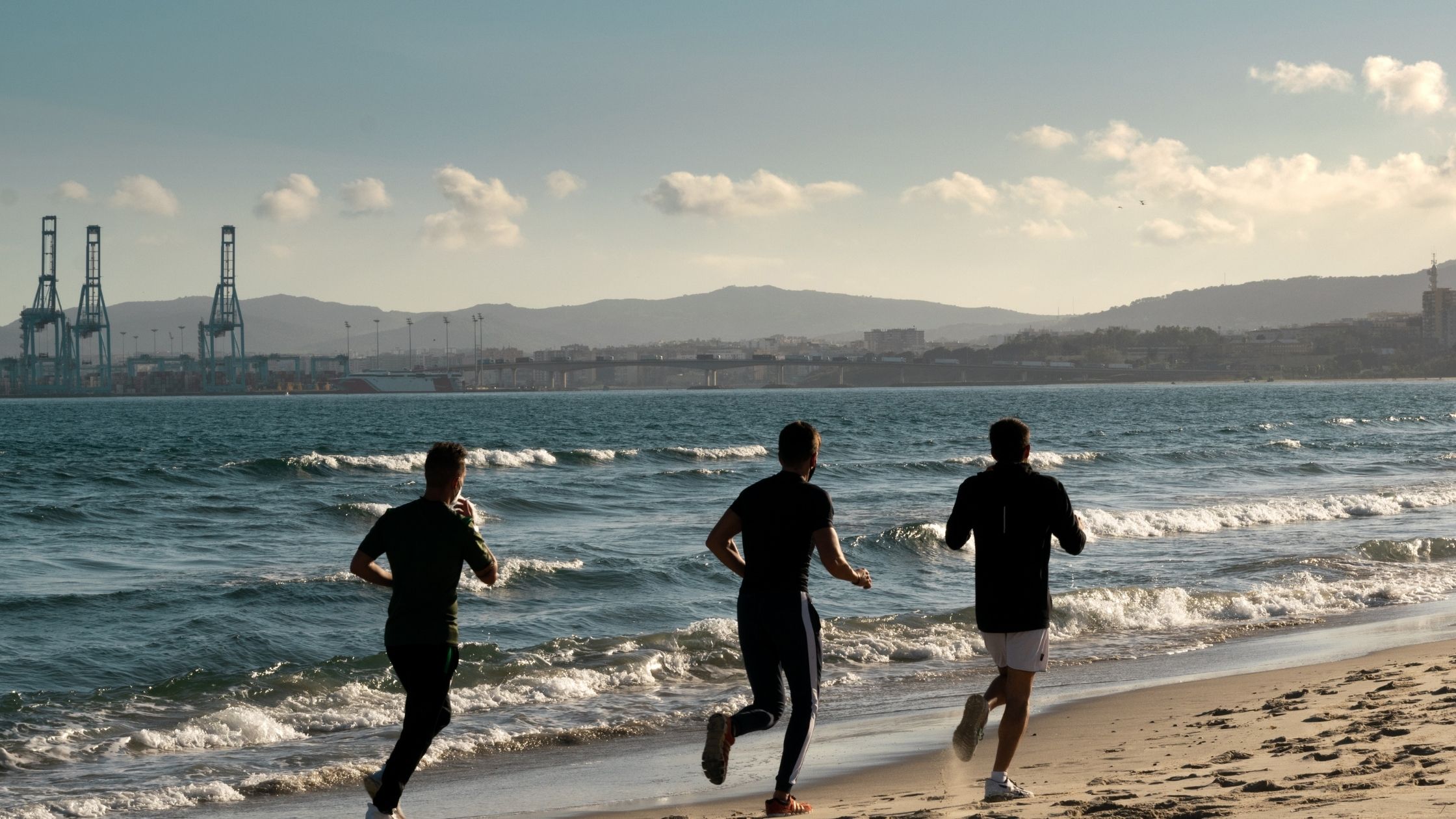Paddleboarding or Stand-up paddleboarding (SUP) is a beach sport that has become very popular in America, and it’s for a good reason. There are different paddles, such as hardboard and inflatable ones, and they’re a great way of exploring coastlines and rivers. Cotswold Outdoor offers a variety of paddleboards that are appropriate for the watersport. In this guide, you’ll learn all there is to know about paddle boarding safety.
Top Safety Tips for Paddle Boarding
Whether you are a beginner or a pro in paddleboarding, safety should be a top priority whenever you go out to the waters. Paddleboarding on rivers and the coastline has a lot of risks, and you should remain safe as you enjoy the sport. For a safe and enjoyable session, you need experience, adequate planning and preparation. So, before you go paddleboarding, consider the following essential safety tips:
- Know your capabilities
Paddleboarding is a physically intensive sport, and you have to build up muscle strength and stamina over time. The most important tip is to be self-aware about your abilities and surroundings. Remain within your limits, especially if you’re new to paddleboarding, and with time, start exploring the waters more.
Can you swim? Next, you need to ask yourself is if you’re a good swimmer. Before attempting any water sport, you should have the most fundamental swimming skills. You never know; anything can happen out there.
Learn the basic technique – like other activities, learning the basic techniques is very crucial. For paddleboarding, you need to be coordinated, have enough balance and be confident in the water. Ensure you pick up and learn some quick tips for paddleboarding beginners. As you start the sport, begin in calmer waters and keep advancing as your skills develop.
- Carry Your Safety Gear
SUP Personal Flotation Devices – as you go onto deeper limits of boarding, consider carrying the necessary personal flotation devices for extra safety. Actually, once the paddleboard goes beyond the narrow limits of swimming, it’s a requirement by the law that the passenger wears a flotation device as part of their watersport apparel. Ensure the device has maximum buoyancy to keep you afloat if something goes wrong.
SUP Leash – another essential safety gear would be a leash. A SUP leash helps keep your board close to you. For example, if your paddleboard slips away when you fall, the leash will prevent it from going away. The leash attaches you to the SUP board and ensures that it’s always around you, no matter the conditions. There are various types of leashes, and you will need to pick the right one depending on the type of water. You should get a coiled leash in flat waters because it doesn’t drag the board. In oceans and turbulent waters, use a straight leash because it’s strong enough to withstand the conditions. Choose a quick-release leash in rivers and other waters with rocks or branches beneath.
- Monitor the Weather Conditions
Paddleboarding is a sport that requires awareness of the surroundings and the risks involved. You have to stay aware of the dangers that may occur, so you need to monitor changes in the following weather patterns:
Sunrise/sunset – you should never paddle when it’s dark, and the only source of lighting is the sun. Therefore, before going paddle boarding, you should know sunrise and sunset times. Always schedule your session knowing when the sun will rise and when it will set.
Wind – the most essential weather factor to consider for any water sport is the wind. High wind speeds will make paddling difficult because it causes water uproars. Instead of enjoying a smooth paddling, you will be struggling to stay afloat. Generally, if the winds go beyond 10 knots, avoid paddleboarding completely.
Tides – all paddleboarding enthusiasts should have an understanding of the tides, especially if you’re going on deep waters. A tiny change in tide can move your paddleboard and floatable device away, making it dangerous. Work around the tides to avoid paddling exhaustion and risky situations.
Conclusion
Summer is the best time for paddleboarding, and there are many destinations in America. Whether you’re planning to go paddleboarding in San Diego, Michigan, Hawaii or any other place, take note of the safety tips discussed above in the review. These tips include wearing appropriate beach wear, knowing your capabilities, carrying safety gear and monitoring the weather. As long as you keep these tips in mind, you will have a calm and fun paddling experience on any waters.



